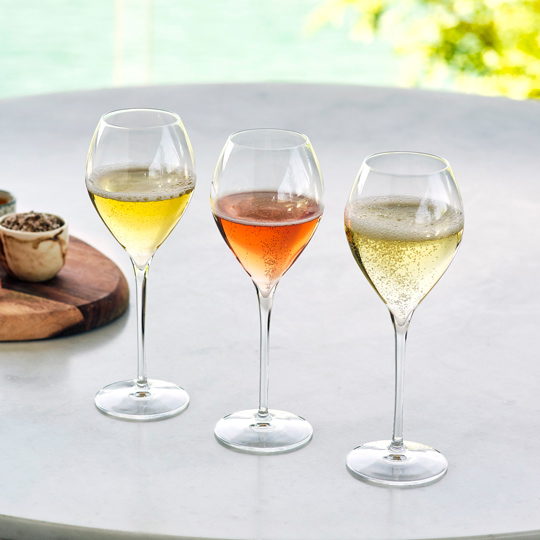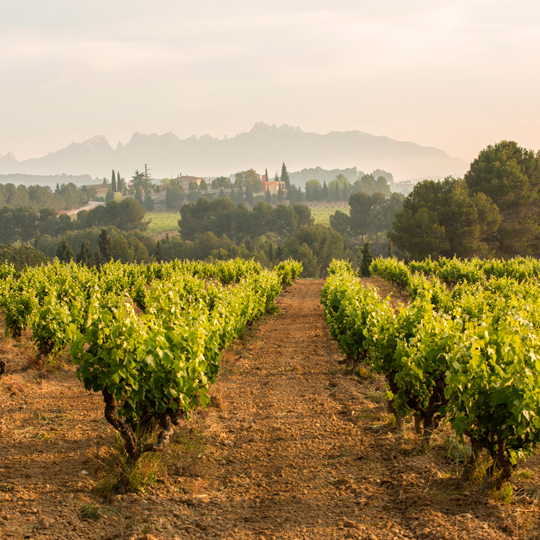So, what are sparkling wines? These are wines that contain dissolved gas. This gas is the result of a second fermentation in the bottle (carbon dioxide is generated but cannot escape, and so ends up being dissolved). In other words, it’s a wine produced from another ‘base’ wine that has gone through an initial fermentation in stainless-steel vats. After this, yeast and sugar are added and the wine is ready for its second fermentation.This double fermentation is a typical stage for wines produced via the technique known as the Méthode Champenoise, the same used to make French champagne and Italian spumante wines. In Spain, this procedure is known as the Traditional Method, and the sparkling wines produced there using this method are known as ‘Cavas’ (protected under the Denomination of Origin label). While the three aforementioned sparkling wines are created in a very similar fashion, the grapes from which they are made tend to produce different results.









